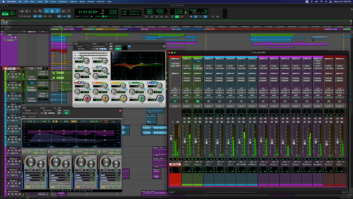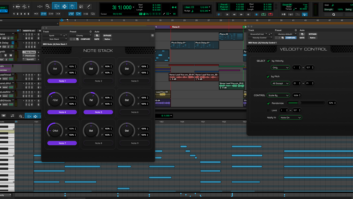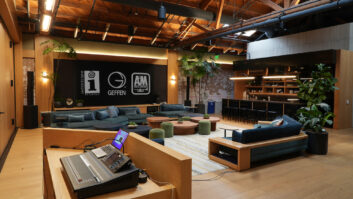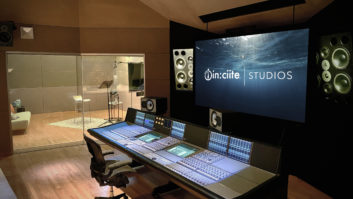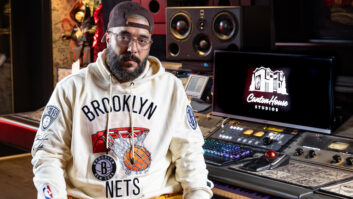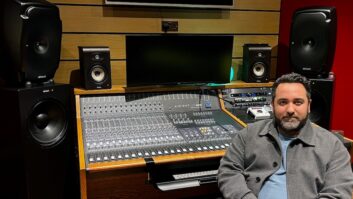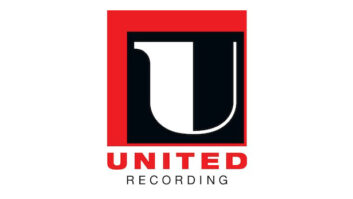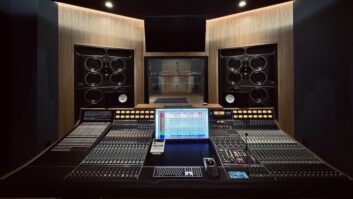Everything began to change in record production in 1990, give or take a couple of years, when audio I/O connectivity became available for the Macintosh computer and Alesis launched its ADAT 8-track machine. The hegemony of the commercial recording studio was over; long live the home studio.
That’s an oversimplification, of course. Commercial studios are still very much with us and will continue to operate for years to come, especially those temples of sound that offer outstanding acoustics, exemplary client services, a musthave piece of vintage audio gear or some combination of secret sauce ingredients.
A commercial studio is an expensive beast that must constantly be fed with bookings simply to keep the lights on, the staff paid and the equipment maintained, nevermind upgraded or replaced with newer or better gear. But as production workflows and the recording process evolved, those early home-based studios morphed into project studios and many have now become full-blown personal studios that can make some commercial facilities look like dusty museums.
Horacio Malvicino, CEO of New York-based Malvicino Design Group sees non-commercial ventures falling into two categories: project studios and personal studios. His company, which is a GC Pro Affiliate Program member, sees plenty of smaller project studios with budgets in the low five-figures. “I’ve done maybe 10 this year, where people buy a full set of acoustic panels from me—four bass traps, four diffusors, some diffractors, some ceiling clouds—plus two or three patchbays, and we customize the studio furniture.”
But at the high end, the sky can be the limit. Valenzo Recording Studio in Mexico, for example, nominated for a TEC Award this year, is built next to the client’s house and features an SSL Duality console, Ocean Way stereo mains and Barefoot 5.1 monitor systems, Pro Tools HDX and Apogee Symphony I/Os. “That’s over $1 million,” says Malvicino. “We get a better budget in home studios now than in commercial facilities.”
“The owners of these [personal] facilities are usually the ones with the label contracts, or the publishing deals and mailbox money,” observes Chad Evans, audio consultant at Vintage King in Nashville. “They have more liquidity to stay on the cutting edge of everything. They don’t have to look at the bottom line because they’re not operating it as a business, but as a personal collection.
Even within the personal studio market, there is a division between those with and those without a mixing console. “On the high end of our customer base, there are people who have vintage Neve 8068s in their home facilities, SSL 9000s or Dualities, API Legacy and Legacy+ and Spectrasonics consoles. And beautiful vintage mic collections, with top of the line monitoring, whether it’s ATC or PMC,” says Evans.
“This year, we probably did five or six [high-end personal studios],” says Malvicino. “There was one for Carlos Vives in Colombia with a Rupert Neve Designs 5088, the Duality at Valenzo, one in New York City with a 48-input Neve Genesys and one in Missouri with an SSL AWS. They were all well-equipped.”
But not every personal studio needs or desires a mixing console. Based in the Los Angeles area, Paul Cox of Paul J. Cox Studio Systems has been designing and integrating a lot of studios that reflect the modern workflow, where a control room or multi-room facility houses producers separately working on elements such as beats, music and top-line melodies. “Because the industry has completely changed, physical channel count doesn’t mean anything,” says Cox.
In some facilities, there may only be eight analog inputs and 16, maybe 24, outputs. “With MOTU and Apogee interfaces, a lot of people are just working in stereo; they’re happy to have just a mic input and DI input. Everything is recorded individually, so they don’t need a substantial number of channel ins. Even if people are buying large-format consoles, they still only have 24 analog I/Os,” he says.
In Nashville, with its tradition of songwriting, competition between personal studios can be fierce. When 500 Series modules and simple interfaces first came out, everyone bought them, says Evans. “Now they’ve graduated to dedicated, standalone converters, outboard mic pres and better microphones. Everybody’s upping the ante all the time to have their room sound better than the other guy’s room, so artists want to work with them instead of the other guy.”
The 500 Series still fits the workflow of some of Cox’s clients. “I did one room with three Mercury Recording racks, but the patchbay was configured with a mic in, line in, insert send and return, and a monitor return. Fader control was through an Avid Artist. As far as he’s concerned, he’s using a console.”
Some clients may eschew a console but instead invest in high-end processors. “We’ve done home studios where they may have a small interface-based system but have a massive amount of outboard. Linda Perry, for instance, has more Fairchilds and Pultecs than I’ve ever seen in one place,” Cox reports.
Recently, Cox has seen a trend for Dante-networked systems using SSL AlphaLink or Focusrite RedNet boxes, with MADI conversion to get in and out of Pro Tools. “That saves you a ton of stuff, especially with the ‘trashcan’ Macs and the additional PCI cards and expansion chassis. It just simplifies things and doesn’t alter your internal track count in Pro Tools.”
A home-based system doesn’t have to be complex or costly, says Cox. “You can walk into Guitar Center with $10,000 and walk out with a really nice set-up.”
